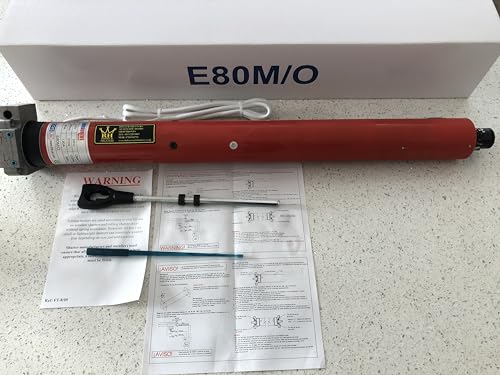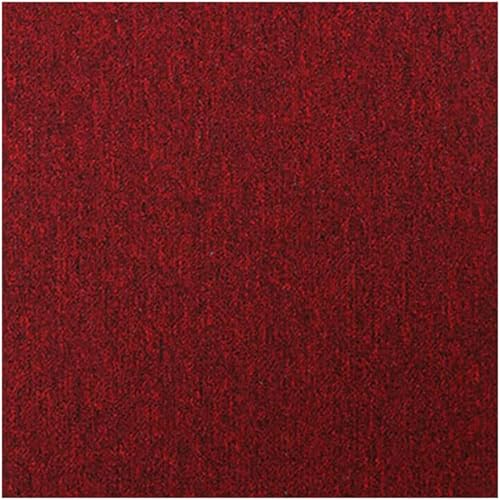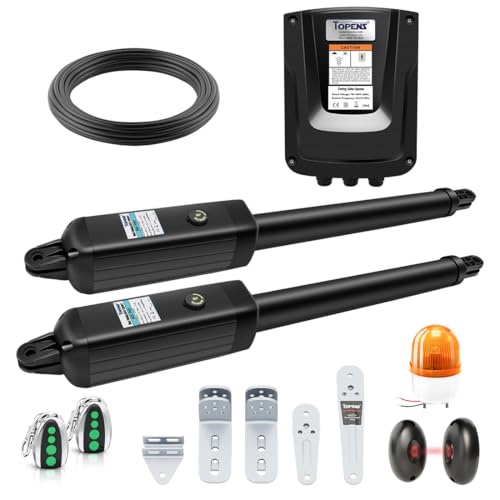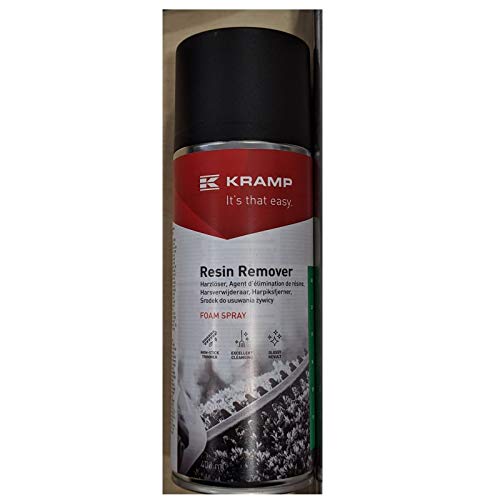Understanding the Benefits of a Folding Work Table: Why We Need One
Space Saving Solutions
Folding work tables are designed to maximise space, making them perfect for homes where every square metre counts. Imagine having a work surface that can be tucked away neatly when not in use – whether you live in a tiny apartment or just want to keep your garage organised. With the ability to fold away, we can reclaim our living or working space, turning it back into a multi-functional area.
Versatility for Various Tasks
These tables aren’t just for one specific job; they adapt to a multitude of activities. Whether we’re using it as a workspace for crafts, a dining table for that last-minute gathering, or even a stand for home repairs, a folding work table steps up to the plate. This versatility makes it a smart investment for anyone who enjoys DIY projects or entertaining guests.
Portability Makes It Convenient
One of the key benefits of folding work tables is their portability. Picture us setting up a workstation in the garden during a sunny afternoon or taking it to a friend’s house for a crafting session. These tables can easily be transported, allowing us to create our desired workspace anywhere, anytime.
Key Features to Look for in a Folding Work Table: Our Top Picks
Sturdy Construction
When choosing a folding work table, the first thing we should consider is durability. Look for tables made from high-quality materials, such as steel or solid wood, that can handle weight and resist wear over time. This sturdiness ensures that it will remain a reliable surface for all our tasks.
Ease of Folding Mechanism
An easy folding mechanism is crucial for fast set-up and takedown. A table that folds easily and locks securely provides us with convenience when we need to use it quickly. Trustworthy brands often have user-friendly systems that anyone can operate without frustration.
Surface Area and Weight Capacity
The size and load capacity of the table we choose play pivotal roles in our decision-making. A larger surface area allows for multiple projects at once, while weight capacity ensures that it can support everything from delicate crafting supplies to heavier tools. Knowing the types of projects we’ll tackle will help us select the right specifications.
How to Choose the Right Size and Style for Your Needs: Tailoring to Your Space
Assessing Your Available Space
Before making a purchase, we should measure the area where we plan to place the table. This will help us determine the dimensions we need, ensuring our new work table fits perfectly without crowding the room. Taking into account additional furniture is also wise, as we want to maintain a flow in our space.
Choosing the Right Style
Folding work tables come in various designs, colours, and finishes. Opt for a style that complements our existing decor – think about whether we prefer something sleek and modern or rustic and traditional. This consideration helps create a cohesive look throughout our space.
Functional Accessories
Some folding work tables offer additional features like shelves or tool storage. If we plan to use our table for specific activities, these accessories can enhance its functionality. For instance, a table with built-in storage can keep our materials organised and at hand, further streamlining our work process.
Setting Up and Using Your Folding Work Table Efficiently: Tips for Best Practices
Optimal Placement
When we set up our table, considering the light source is important. Placing the table near a natural light source can improve visibility, especially during intricate tasks. We may also want to position it near power outlets if we plan to use electrical tools.
Organising Our Workspace
An organised work area contributes significantly to productivity. Using trays, containers, or even pegboards can help us manage tools and materials on our folding table, ensuring easy access while we work on various projects. This simple habit will make every task smoother and more enjoyable.
Regular Maintenance
To keep our folding work table in top shape, it’s advisable to perform regular clean-ups and check for any loose fittings or wear. Making a habit of caring for our equipment not only prolongs its life but also ensures that it remains safe and reliable for us in the long run.






























